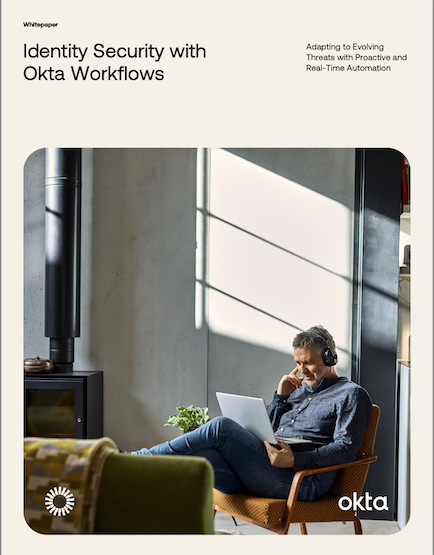Secure your company with Identity-first automation
In today's evolving threat landscape, identity management is critical in protecting organizations while driving efficiency. By integrating identity management with your existing security, analytics, and operational tools, you can enhance security and accelerate time-to-market, save time, and optimize resources.
This whitepaper explores how combining Identity and Access Management (IAM) with automation and orchestration across Okta security and analytics tools can strengthen defenses, streamline operations, and improve resource efficiency. Identity is the foundation of secure authentication and authorization for users, IoT, and service accounts accessing corporate systems.
Download the whitepaper to learn how identity-first automation can help your organization stay secure and agile.
